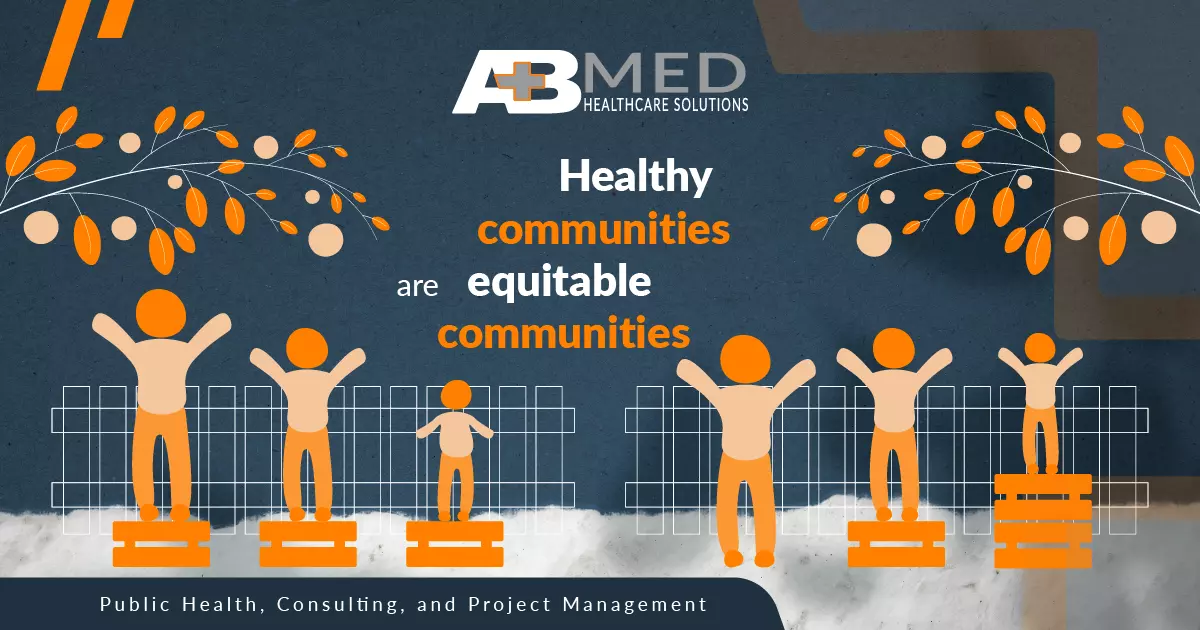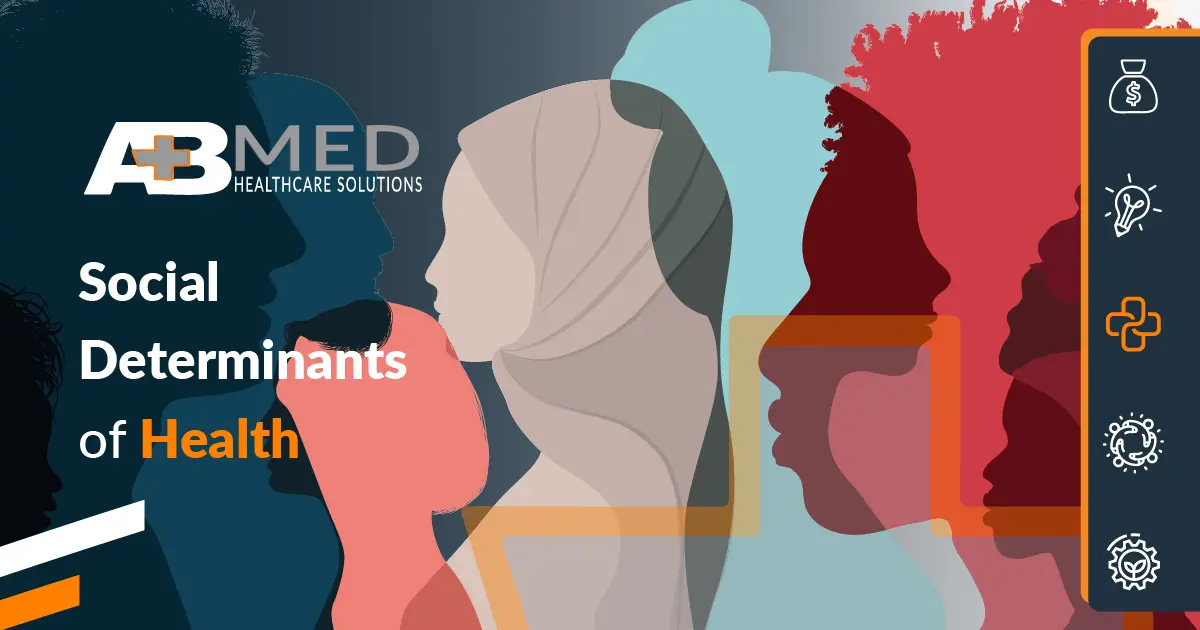Obesity is an issue that threatens the health of millions of Americans—but especially those that live in rural communities. As we head into 2023, it is important for healthcare leaders in these areas to understand the severity of the obesity epidemic in rural America and to develop public health programs and initiatives in response.
This article will explore what health equity looks like, some of the causes of health disparities, and what public healthcare leaders can do in response.
What is Health Equity
What is health equity, and what does it look like in 2023?
According to the CDC, “Health equity is achieved when every person has the opportunity to “attain his or her full health potential,” and no one is “disadvantaged from achieving this potential because of social position or other socially determined circumstances.” [i]
Essentially, health equity means ensuring everyone is given the same chance to maximize and maintain their health. Unfortunately, this is far from reality in the United States, where health inequities are pervasive. The CDC goes on to explain these inequities this way: “Health disparities or inequities are types of unfair health differences closely linked with social, economic or environmental disadvantages that adversely affect groups of people.” [i]
The key thing to note here is that these disparities are preventable. [ii] With the right strategies, policies, and interventions, public health leaders can coordinate with governments and community stakeholders to minimize and ultimately mitigate these inequities—thereby improving the health of millions.
Examples of Health Disparities
Before we highlight some of the causes of health disparities in the U.S., let’s look at a few examples.
According to the CDC’s health equity report, “Across the country, people in some racial and ethnic minority groups experience higher rates of poor health and disease for a range of health conditions, including diabetes, hypertension, obesity, asthma, heart disease, cancer, and preterm birth, when compared to their White counterparts.” [ii]
For example, a study published by the NCBI on the state of health disparities in the U.S. revealed that in 2014, the infant mortality rate for Native Americans was 60 percent higher than that of their white counterparts. [iii] The same report also noted that “African Americans were 30 percent more likely than whites to die prematurely from heart disease in 2010, and African American men are twice as likely as whites to die prematurely from stroke”. [iii]
These are just some examples of the very real and widespread occurrence of health disparities in the United States. Understanding the driving forces behind these inequities and their implications can help public health leaders get one step closer to developing solutions against them.

What Causes Health Inequities
Understanding the causes of health inequities starts with understanding Social Determinants of Health (SDOH). Social Determinants of Health are the “conditions in the environments where people are born, live, learn, work, play, worship, and age that affect a wide range of health, functioning, and quality-of-life outcomes and risks.” [iv] SDOHs fall into five different domains:
- Economic Stability
- Education Access and Quality
- Health Care Access and Quality
- Neighborhood and Built Environment
- Social and Community Context
Together, these different domains play a major role in advancing health inequities and disparities. [iv] Those who are disadvantaged in one or more of these Social Determinants of Health domains often face obstacles that make prioritizing their health outcomes extremely difficult.
Health Equity Roadblocks
According to the CDC, an example of a socioeconomic barrier might be the “lack of insurance, transportation, childcare, or ability to take time off work [which] can make it hard to go to the doctor.” [ii]
An example of another health inequity related to someone’s built environment is living in an area with limited or no access to healthy and nutritious foods. The U.S. Department of Health and Human Services reported that “people who don’t have access to grocery stores with healthy foods are less likely to have good nutrition. That raises their risk of health conditions like heart disease, diabetes, and obesity — and even lowers life expectancy relative to people who do have access to healthy foods.” [iv]
Another huge consideration
is access to healthcare services. A report from the CDC revealed that “People with disabilities and people from some racial and ethnic minority groups, rural areas, and white populations with lower incomes are more likely to face multiple barriers to accessing health care.” [ii] Not being able to receive healthcare services can majorly impact a community’s overall health risks and ultimate health outcomes.
These are just a few examples of the many factors that contribute to health disparities and inequities. Taking time to investigate the nuances and implications of the various Social Determinants of Health can help healthcare leaders thoughtfully approach new policies and plans of action to mitigate their effects.
Read more about how you can improve community health outcomes with social determinants of health framework
What Can Public Healthcare Leaders Do – The Long Road to Health Equity
The question remains: what can public health leaders do to address these health disparities in their communities?
The truth is that the best solutions will come from a coordinated effort of all the various stakeholders involved. The CDC explains: “Communities can prevent health disparities when community- and faith-based organizations, employers, healthcare systems and providers, public health agencies, and policymakers work together to develop policies, programs, and systems based on a health equity framework and community needs.” [ii]
So what might a health equity framework look like in practice?
One critical example is prioritizing inclusive communication. The CDC developed Health Equity Guiding Principles for Inclusive Communication to help public health professionals use the most respectful and effective language when addressing different audiences so that they can better engage with them with a shared vocabulary. [v] Using these principles and being thoughtful about the language they use can help healthcare professionals minimize cultural and linguistic barriers to care.
While this is just one example, the CDC has created a resource page that lists ways community organizations, employers, healthcare delivery services, public health agencies, and governments can each promote health equity respectively. [ii]
Partnering with AB Med
If you need help implementing programs or developing systems to minimize health disparities in your community, our team at AB Med would love to partner with you. We are committed to helping communities safeguard their health through innovative public health solutions. While the road to eliminating health disparities is long, we are ready to partner with you on the journey to start promoting health equity in your community today. Let’s Connect.
REFERENCES & RESOURCES
- Anon, (2019). CDC – Attaining Health Equity – Healthy Communities Program. [online] Available at: https://www.cdc.gov/nccdphp/dch/programs/healthycommunitiesprogram/overview/healthequity.htm.
- Centers for Disease Control and Prevention (2022). What is health equity?[online] Centers for Disease Control and Prevention. Available at: https://www.cdc.gov/healthequity/whatis/index.html
- Baciu, A., Negussie, Y., Geller, A. and Weinstein, J.N. (2018). The State of Health Disparities in the United States. [online] Nih.gov. Available at: https://www.ncbi.nlm.nih.gov/books/NBK425844/.
- Office of Disease Prevention and Health Promotion (2022). Social determinants of health. [online] Healthy People 2030. Available at: https://health.gov/healthypeople/priority-areas/social-determinants-health
- CDC (2021). CDC’s Health Equity Guiding Principles for Inclusive Communication. [online] Centers for Disease Control and Prevention. Available at: https://www.cdc.gov/healthcommunication/Health_Equity.html
By: Erik McLaughlin MD, MPH and Aikaterini Papadopoulou, B.Arch






